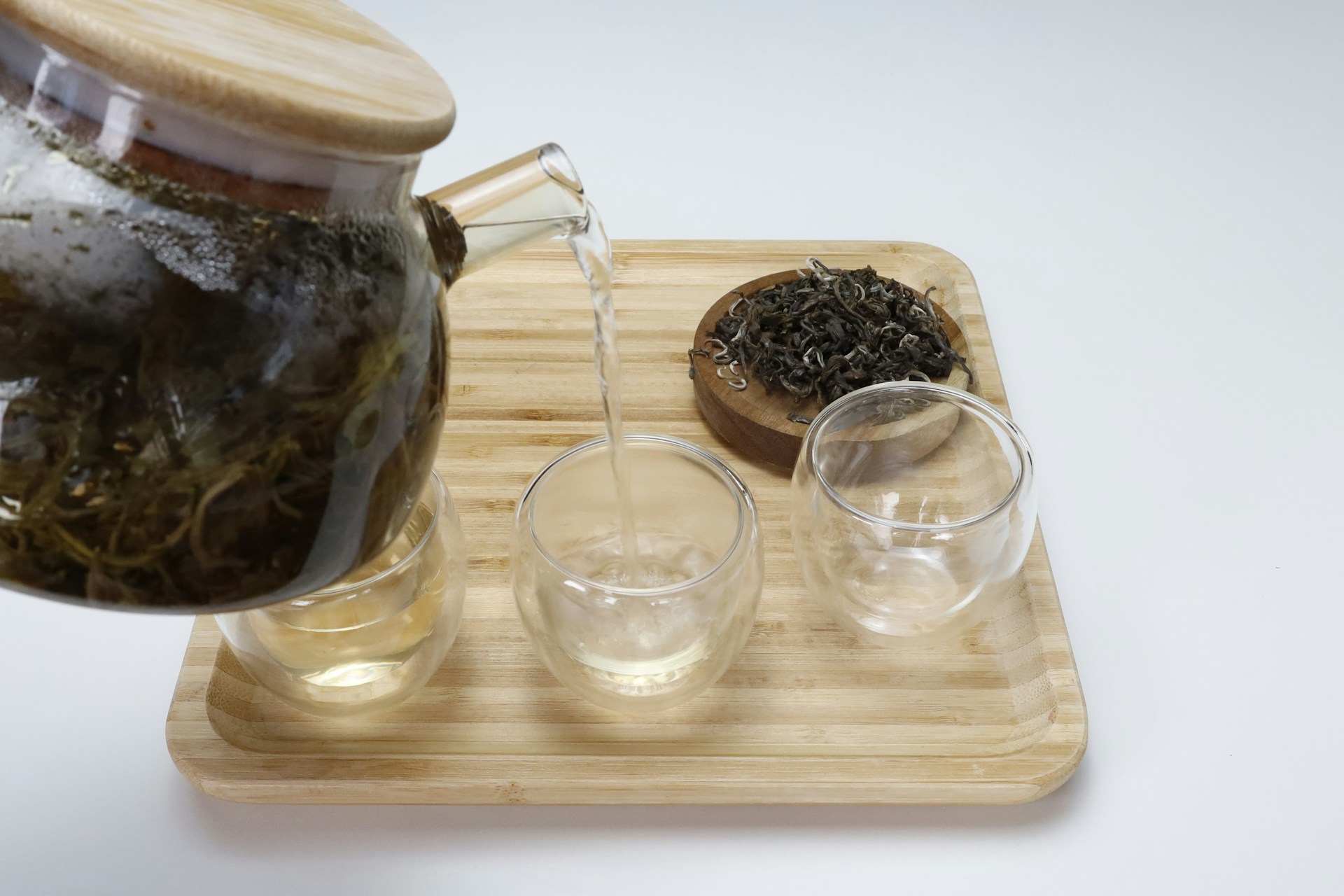
Pu-erh tea, a centuries-old Chinese tea variety, stands out not only for its rich, earthy flavor but also for its unique fermentation process. Unlike other teas that are simply dried and oxidized, Pu-erh undergoes microbial fermentation, which significantly transforms its taste profile and aroma over time. In this article, we will explore the fascinating journey Pu-erh tea takes from fresh tea leaves to the aged, fermented brew loved by tea enthusiasts worldwide.
The Origins of Pu-erh Tea
Pu-erh tea comes from Yunnan Province in southwestern China, where the ancient tea trees (known as “Camellia sinensis var. assamica”) have grown for thousands of years. This tea has a long history, once serving as a valuable commodity on the old Tea Horse Road, a trade route that connected China to Tibet, India, and beyond.
Traditionally, Pu-erh tea was pressed into cakes or bricks for easier transport and storage, a practice that continues to this day.
The Two Types of Pu-erh Tea: Raw and Ripe
There are two main types of Pu-erh tea, each with its own fermentation process:
- Raw Pu-erh (Sheng Pu-erh): This type of Pu-erh undergoes natural fermentation over time. After being withered, rolled, and dried, the leaves are compressed into cakes and stored. Over the years, the tea gradually ferments, transforming its flavor from fresh and grassy to rich, earthy, and smooth. Some high-quality raw Pu-erh teas are aged for decades, becoming prized for their depth of flavor.
- Ripe Pu-erh (Shou Pu-erh): Ripe Pu-erh, on the other hand, goes through an accelerated fermentation process known as “wet piling” (wo dui) to speed up aging. This technique was developed in the 1970s to meet the growing demand for aged Pu-erh. The tea leaves are moistened and piled in a controlled environment, allowing microbial activity to ferment the tea over several months. The result is a tea with a dark, robust flavor, often likened to aged wood or damp earth.
How Fermentation Affects the Flavor of Pu-erh
Fermentation is the key to what makes Pu-erh tea unique. The process allows the tea to undergo chemical changes, transforming its flavor, aroma, and texture. Here are some of the flavor characteristics that Pu-erh lovers look for:
- Raw Pu-erh: When young, raw Pu-erh has a bright, fresh, and sometimes astringent taste. As it ages, the bitterness mellows, and the tea develops a smoother, more complex profile with notes of dried fruits, honey, and earthy undertones.
- Ripe Pu-erh: This tea typically has a deep, rich flavor right from the start, with minimal bitterness. The wet piling process imparts earthy, woodsy, and sometimes slightly sweet notes, making it an excellent option for those who prefer a bolder, smoother cup of tea.
The Art of Aging Pu-erh
Aging is an integral part of the Pu-erh experience, particularly for raw Pu-erh teas. Much like fine wine, Pu-erh improves with age, and collectors often store their tea in optimal conditions to allow the fermentation to continue over the years.
To properly age Pu-erh, it’s important to store it in a cool, well-ventilated area, away from strong odors that could affect the flavor. Humidity is also crucial — too much can lead to mold, while too little can slow down the fermentation process.
Health Benefits of Fermented Pu-erh Tea
In addition to its unique flavor, Pu-erh tea is often praised for its health benefits. The fermentation process introduces beneficial probiotics, which can improve digestion and gut health. Pu-erh is also known to help reduce cholesterol levels, promote weight loss, and provide a boost of energy without the jitters commonly associated with coffee.
How to Brew Pu-erh Tea
To fully appreciate the complexity of Pu-erh tea, it’s important to brew it correctly. Here are a few tips for making the perfect cup:
- Rinse the Leaves: Always rinse Pu-erh leaves with hot water before brewing. This helps to “wake up” the tea and remove any dust or impurities from storage.
- Steeping Time: For raw Pu-erh, steep the tea for 2-3 minutes, while ripe Pu-erh can be steeped for 3-5 minutes depending on your taste preference.
- Multiple Infusions: Pu-erh tea is known for being durable, meaning the leaves can be re-steeped multiple times. With each infusion, new layers of flavor emerge, making each cup a unique experience.
Conclusion
The fermentation process behind Pu-erh tea is what makes it stand out in the world of tea. Whether you prefer the vibrant complexity of raw Pu-erh or the deep, earthy richness of ripe Pu-erh, exploring the nuances of this tea is a journey worth taking. Its ancient roots, unique processing, and ability to age gracefully make it one of the most fascinating and rewarding teas to enjoy.
So, next time you sit down with a cup of Pu-erh, take a moment to savor the centuries of tradition and craftsmanship that have gone into creating this remarkable brew.




